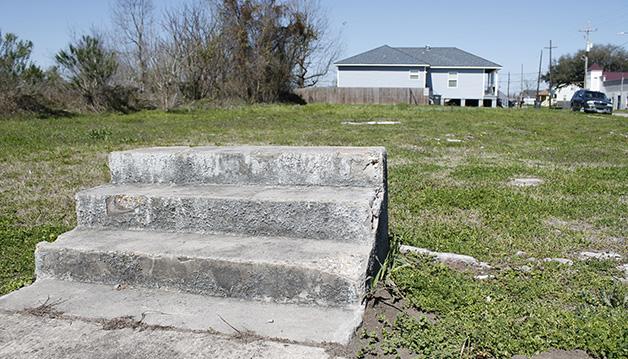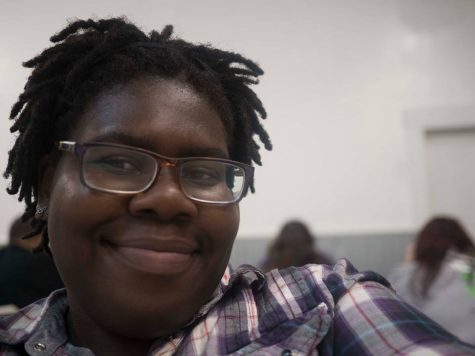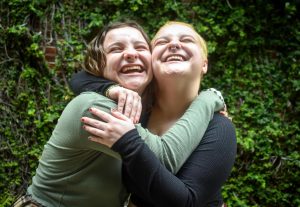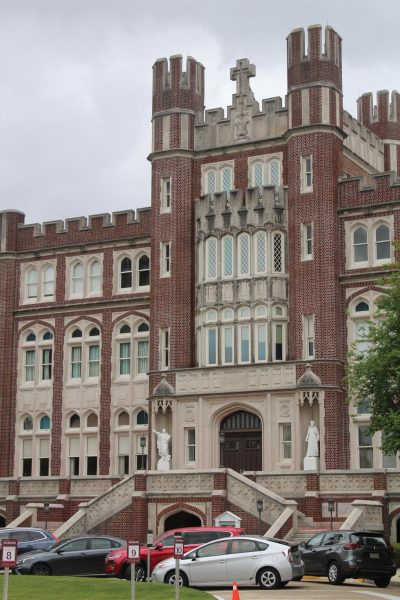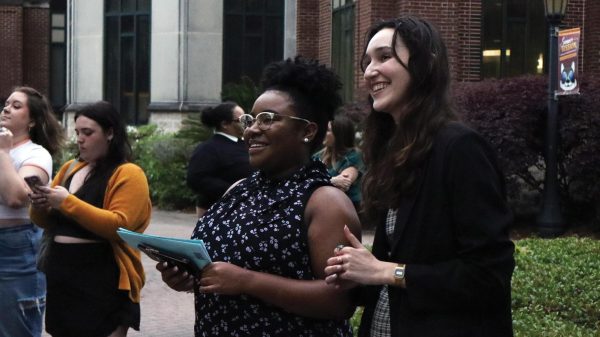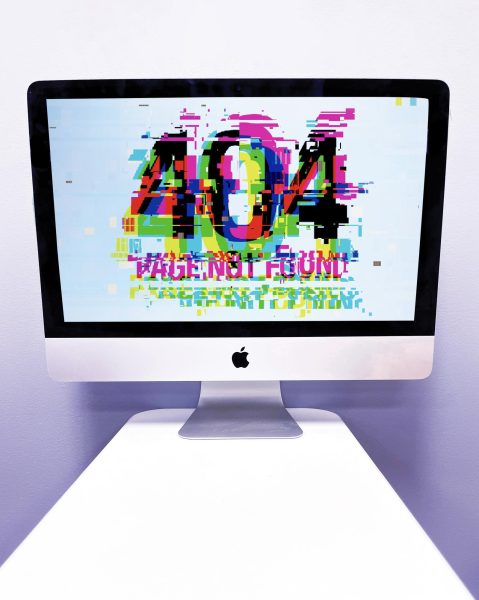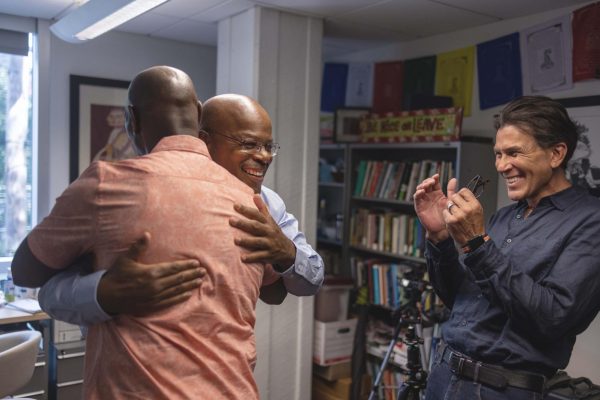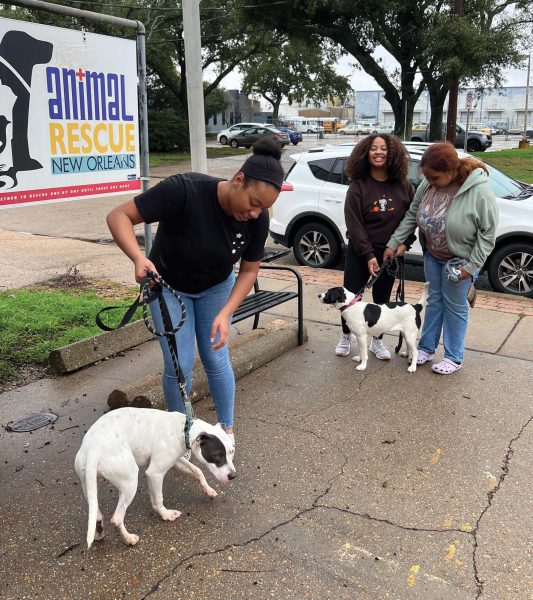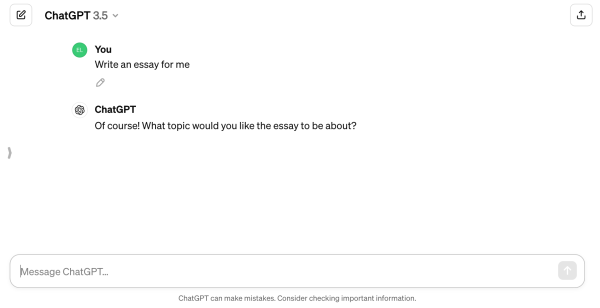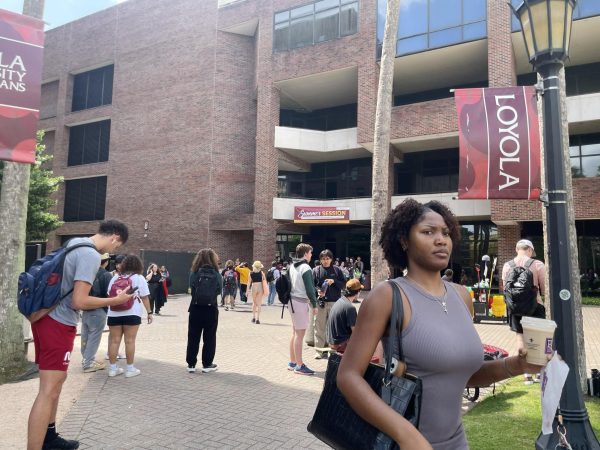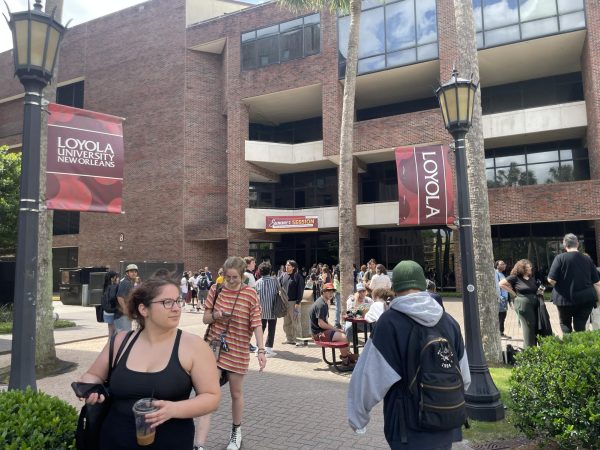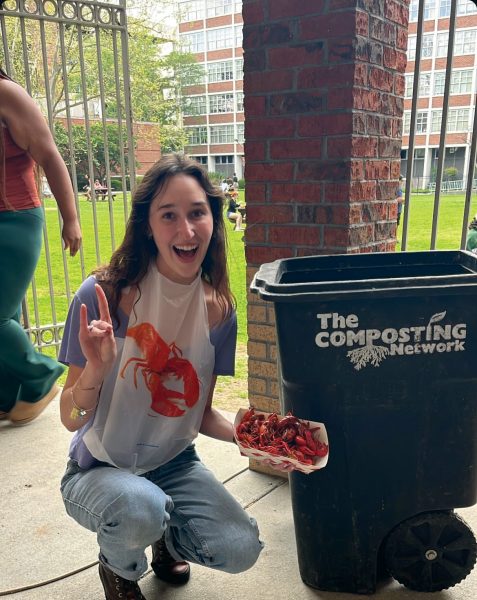Ninth Ward takes a step forward
An abandoned lot in the Lower Ninth Ward sits empty with the exception of cement steps. While most of the area remains untouched nine and a half years after Hurricane Katrina, some residents and businesses are returning to the Ninth Ward.
March 13, 2015
With the help of a local organization, Errol and Esther Joseph are returning to their home in the Lower Ninth Ward nearly 10 years after Hurricane Katrina.
The Josephs are receiving help from volunteers at lowernine.org, an organization whose mission involves rebuilding homes for residents of the Lower Ninth Ward. The rest of the area is lacking much redevelopment, except for two major projects.
Plans for a CVS Pharmacy and a Perez, APC five-story, mixed housing development in the Lower Ninth Ward are currently in the works.
Laura Paul, executive director of lowernine.org, said prior to the announcement of the two projects, nothing major had been done in terms of building the area back up to its pre-Katrina existence.
“There is a little bit of economic development going on, but very little,” Paul said.
Felipe Massa, assistant professor of management and resident of the Lower Ninth Ward, said that since moving there a little over a year ago, there has been little effort from the government to address food access, job availability and other socioeconomic issues.
With the upcoming construction of the housing development, Massa said that many residents worry that it will cause a rise in property values leading to higher rent, which would lead to an economic expulsion of residents.
“The Lower Ninth used to boast one of the highest rates of African-American home ownership in the country. As developers move in and begin transforming the neighborhood, they provide a much needed economic push, but also upset the delicate balance,” Massa said.
According to a report by the University of New Orleans Department of Planning and Urban Studies, there were about 3,000 people living in the Lower Ninth Ward in 2010 compared to pre-Katrina numbers of about 15,000 individuals.
George Capowich, associate professor of sociology with expertise in urban issues, said the construction of the pharmacy and redevelopment projects like the Martin Luther King Library, Martin Luther King Elementary School and the Sanchez Community Center are sure to aid the area.
“It’s a good thing in that it will increase shopping and access to medical needs for the area. Also, its presence can draw other investments and provide at least a few jobs for the residents,” Capowich said.
With projects like the housing development being constructed on the former site of Holy Cross High School, Councilman Jason Williams said residents feel like their voices are being overlooked.
“Most residents just want a seat at the table,” Williams said. “They want a say in things that will affect their community and way of living.”
While there have been plans for a new high school, firehouse and restaurants, Massa said there are gaps in the development. There is a lack of stop signs and streetlights in the former Holy Cross section of the Ninth Ward, and Massa added that potholes and illegal dumping are commonplace.
Massa said he believes there are a lot of misconceptions about the Lower Ninth Ward, but things like a lack in police presence, which could reduce low-grade crime, discourage businesses from opening in the area.
However, the councilman said he has an optimistic view of the redevelopment of his district.
“If you grow any neighborhood, especially one of your historic neighborhoods like the Lower Ninth Ward, you grow your city because you grow your tax base in that area. That area has a capacity for growth, so the things that work right in those areas will benefit the city exponentially,” Williams said.


